How To Make An Unforgettable Photography Portfolio

by
Kevin Landwer-Johan
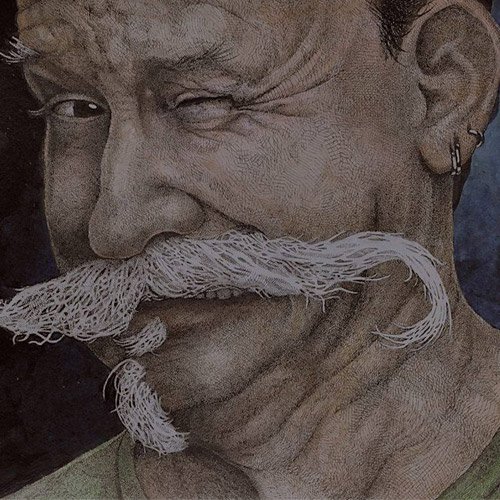
Having an attractive photography portfolio is important for every photographer.
In this article and the next one, I’ll teach you how to make a digital photography portfolio. I’ll also look at making a photo portfolio book.
Are you starting out as a photographer? Or do you have years of experience and accumulated images? Either way, I’ll guide you through the process of building a photography portfolio. This article covers photography portfolio ideas for students. It also delves into how to build a photography portfolio without clients.
I’ll also look at why making a portfolio is important beyond trying to build a photography business.
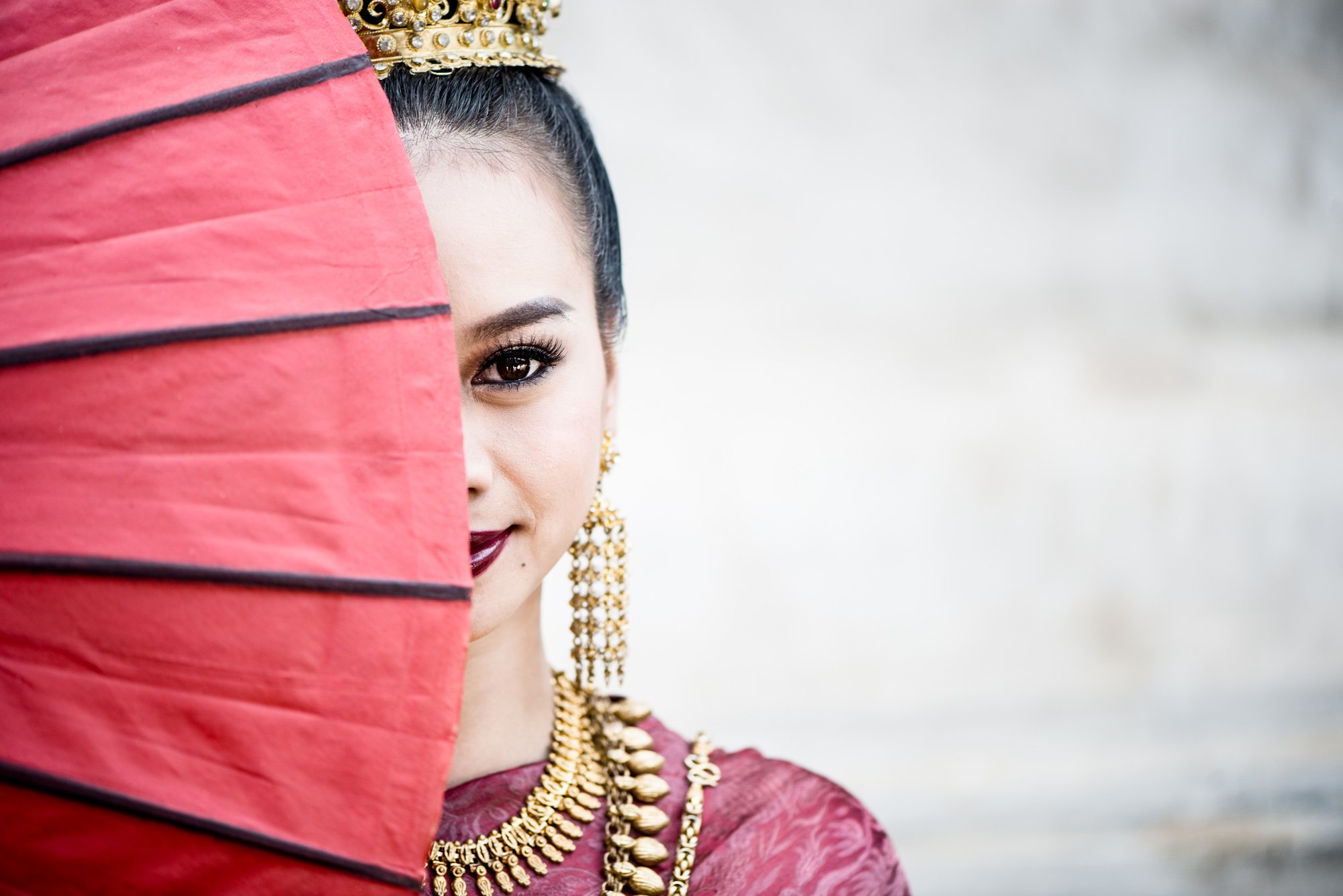
Why It’s Important To Produce A Photography Portfolio
Having a collection of your best photographs so you can show it to others is important for many reasons.
Self Improvement and Encouragement
I think the most valuable reason to make a digital photography portfolio or book is for yourself. Collecting your best photos and displaying them where you can browse them often will remind you of the progress you are making.
Laying out a well-chosen selection of your outstanding photos will encourage you. Either you’ll look at the photos you’re taking and feel good, or you’ll get out more often and improve your photography.

Many photographers fail to cull their pictures. It’s easy to come back from a photo session and browse through and see only the worst images. Don’t only look at the mistakes you made, look for the photographs that stand out from the rest. Pick these ones and place them in a special folder. Study them and ask yourself why you like them so much.
Spend time looking at your mistakes too. This is how you can learn to avoid the same problems in the future. But don’t dwell there. So many creative people linger on the errors they make without deciding how they can move forward.
Separate out the images you like the most. Have them in a photography portfolio. This will help you see the direction your photography is taking. You’ll be encouraged and you’ll also be able to see more clearly areas you need to improve on.

Present To Potential Clients and Employers
Young people and students who are seeking to work in photography need a strong portfolio. Even more experienced photographers can enjoy having their work in a portfolio.
Imagine you’re out taking photos and someone approaches you wanting to see your photos. It’s great to have a photography portfolio to be able to show them your work. This is how I sold my very first photo.
Back then I had none of my images online, the internet had not yet been invented. I was taking some photos of a sunset. A couple who had just got engaged asked if they could see the photos with the aim to purchase some of them. I followed them up once my film was processed and also showed them my portfolio. This is how I earned my first money from taking pictures.

Gaining Employment
I gained my first employment in a photography position, not because I was qualified, but (partly) because I had a portfolio of my photography to show. I’d applied for a job at a daily newspaper to be their advertising photographer. As it turned out I was not qualified for that position. But because I was able to show my photography portfolio they called me back when another position became available. It suited me much better. If I’d had no portfolio to show at that first interview I’m sure they would not have called me back.
I would never dream of sharing those same photos in a portfolio today, but back then they did the trick. Don’t be ashamed of your images. Learn to see them positively and be bold to share your best.
Even as a more experienced photographer, you may not have an interest in making a living from your photography. I’ve never met any photographer that does not enjoy selling their photos. It’s flattering and encouraging when someone wants to pay you money for what you love doing.
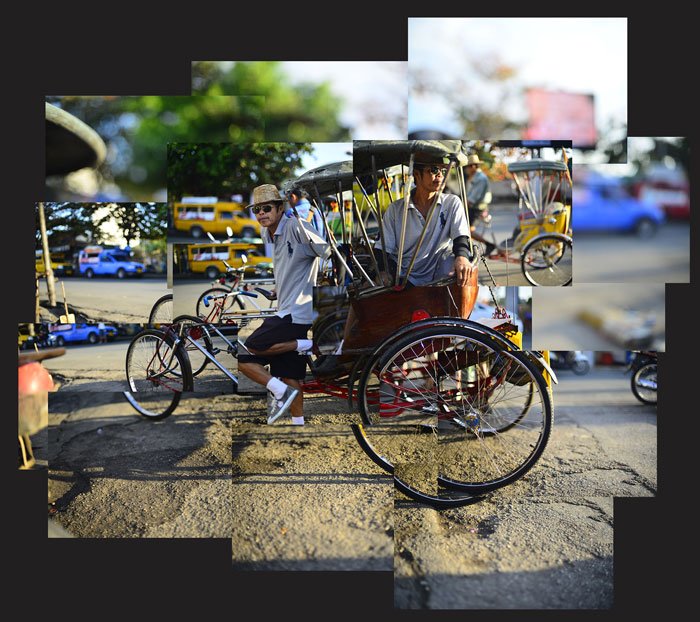
If you’ve been taking photos for long you may have had this experience. Someone sees some of your pictures and wants to know if they can buy some. When you have a portfolio to share with them you are more likely to make a sale, or two.
Building a photo portfolio to share with people who might pay you is worth spending time on. When you’re starting out you will feel like you don’t have enough images yet to produce a strong portfolio. Don’t let this prevent you from making a start. The sooner you begin to compile your collection, the more robust it will become.
Photography Portfolio Challenge
Maybe you have a lifelong collection of images stored on computer hard drives. This also makes it challenging to consider curating a collection of them for a portfolio. Where to start and which images to choose may seem like an overwhelming prospect. Once you spend time scanning through your photographs you’ll find it’s not that difficult. You will see that your best images do stand out to you.
Making a start can be the hardest part. But once you’ve initiated the process it does not have to take too long. Soon you will have a photography portfolio to show potential clients, employers or casual buyers.

Share With Family, Friends and Photography Enthusiasts
Vivian Maier is the most fascinating example of a photographer who never showed their images. When she died she was unknown. Only after her photographs were discovered at an auction house were they seen widely for the first time. Now she is famous, and for good reason.
I’m not suggesting you do hide your work away and not share it. Be open to people being interested in what you do with your camera and be prepared to share it with your community. You never know how much it can bless people.
The key is in the curation. Don’t come back from your vacation and bore your friends and family with a three-hour slideshow. Spend time working through your pictures and choosing only the best to share. Look back at my article “How To Tell Terrific Stories With Your Photos“ to learn more about the art of storytelling with your photos. Also, please read “How To Curate Your Photo Content Into A Wonderful Story.” Both of these blog posts will give you more ideas for how to start building a portfolio. People will want to spend time viewing it if you do it well.
Show Off Your Photography Portfolio
Do you enjoy gathering with other photographers? It’s also a good idea to have an attractive collection of your images to show. Photography clubs often give members the opportunity to show individual images for critique. This can be a good practice, but it limits the amount of work you can show.
Having an online photography portfolio or one on your tablet or laptop, you can show people more of your images. By curating a selection of your best photographs you can have them ready and well displayed. Compiling your work well gives the people you share it with more appreciation for your skills and style.
Don’t be shy to show your photos. Sure, some people will show little interest, but others will love what you do. A photography portfolio is a wonderful way to experience the company of like-minded creative people.
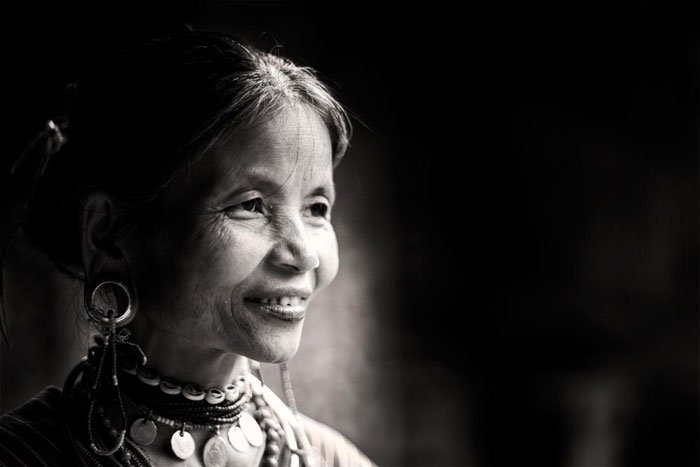
What Do You Include In Your Photography Portfolio?
The short answer is – your best photographs. This may seem obvious and too brief an answer. It requires some exploration to discover which are your best images. This can be a challenging task for many photographers.
Starting out and not having many images to choose from, photography portfolio ideas for students may be hard to come by. Keep reading. I’ll only encourage you to make a start now, no matter how short a time you’ve owned your camera.
More experienced photographers may have terabytes of photographs stashed on hard drives. You may also have boxes and boxes of slides and prints. Culling through years of images to pull out your most impressive photographs might seem a daunting task. The longer you delay making a start, the more laborious it will be when you do get around to it.
Whatever your experience level and no matter how large or small your collection of photographs is, making a start. Building your photography portfolio will be a positive experience.
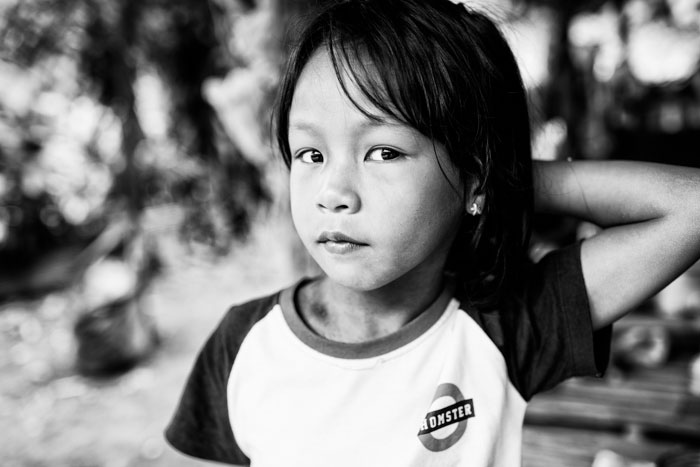
For Photographers Who Are Starting Out
You may not have much experience or many images to choose from. Building a photography portfolio may seem like an impossible task. It’s not. You’re at the best place right now to make a start.
Being intentional is vital. If you drift around from subject to subject you’ll make slow progress. Aim to build meaningful collections of photographs, not only individual snapshots.
Planning the skills and techniques you’d most like to learn will also ensure your progress. Don’t only try a new technique once or twice. Repeat a procedure many times until you have mastered it. Experiment with it and add your own flare. Without practicing the same methods over and over you will be slow to develop your own style.
Having the goal of producing a strong portfolio, even when you do not have any clients, will help you grow. Without a plan and a purpose it’s very easy to drift around creatively not knowing what you want to do. Aiming at producing a body of work you can present to prospective clients is motivating.
What’s Your Motivation?
Work out what you want to do. What’s your motivation for building a photography portfolio? Knowing what you want to achieve is a great starting place. Are you aiming to land a job as a photographer at the local newspaper? Or freelance as a wedding and portrait photographer? Whatever your intention this will determine your direction. Deciding at the outset what you want to focus on will guide your choices. Think about the subject matter as you begin to build your experience.



Be purposeful and frequent with creating images for your photography portfolio. You may be surprised how it comes together without difficulty. Staying focused will help you build a collection of relevant photos. It will also help you develop your photography skills and style. The more you concentrate and practice the easier it will become. You will find more freedom and inspiration as you aim at your goal.
Cull Your Photos Often
As your collection of photographs builds, be diligent to cull your work. Read this article to learn more about the process of culling your work. I have also produced an online course teaching my digital workflow and methods. You can find more details about it and enroll in the course here.
It takes time to compile a portfolio. Stick with it. Concentrating your efforts and intent you will be rewarded. Once you have at least twenty photographs, you can confidently show them to people.
A portfolio should remain organic. Keep it growing over time. When reviewing your new photos always add some of the best ones to a folder for photos you will consider adding to your portfolio. The more photos you take, the more your skills and your creative eye will develop. You want your photography portfolio to remain fresh so you must continue to feed it new images.

More Experienced Photographers
Block out a good amount of time, get yourself a drink and play some of your favorite music. Make sure you’ll not be distracted. Sit at your computer, or light table, and begin the process. If you’ve not been in the habit of filing your best photos in a special place, putting together your photography portfolio is going to take some time. You may have to plan to carry out this task over more than one session.
For the sake of this article, I am working through this process. I always keep a collection of some of my best work, but am challenging myself to make improvements to it. Not only to include more current images but to review older photos.
Many years ago I spent months scanning old film when I had the use of a slide scanner. It sat next to my computer and as I worked on other projects. I continuously fed slides and strips of film into it until I had many of my photos digitized. It took months. I still have many prints and medium format transparencies I’d like to digitize. But I am not going to get bogged down with these now, I can add them later.

Compile Your Best Images
Focus on pulling together your best photos. The ones you like the most. Base your choices on how you feel about your photos and how you think they hold up technically. Always be aware of an emotional attachment you may have to a photo. For whatever reason, others may not perceive it the same way you do.
Depending on the purpose for your photography portfolio you may want to include a diversity of photos. Or you may build a collection that’s more concentrated on a few topics. Consider your audience when you are working through and selecting your photos. Who will you be showing your images to?
You do not need to confine yourself to having one completed portfolio. Especially if you are creating it digitally. Think of having a selection of modules or albums. When you have the opportunity to present your portfolio select the most appropriate modules. Depending on who will be seeing them and what you want to achieve, play to your audience. You should also have a general portfolio of a cross-section of your best photographs.
If you’re anything like me and have tens of thousands of photos, this process will take time and planning. Don’t rush it. Give yourself space and time to enjoy the procedure. You will be rewarded as your presentation develops.

Aim For Style and Feeling
In the second article in this series I will write more about what to include in your photography portfolio. I will also share ideas on how to present your images. It’s one thing to have picked out your best photographs or spent time purposefully creating them, but you also must display them well.
Digital albums (here’s a list of great portfolio websites), books, and large prints are all great ways to present your photography portfolio. Curating your images and designing how you present them will also be covered in the next article. In the meantime head out with your camera to take some new photos. Or block out time at your computer to cull your collection.
Further Reading
If you’ve enjoyed reading this post you will also enjoy “How To Tell Terrific Stories With Your Photos” and “How To Curate Your Photo Content Into A Wonderful Story.”

Fantastic article. I have been culling my photos, but have more to do. I never thought about putting my best in one album.
I’m pleased you enjoyed it Marcia and hope you are building up a great album of photos.
Excellent articles, giving me inspiration to move forward with producing my portfolios and ultimately sharing my photographs. Thank you.
Thanks for your comment Glenda. It’s good to know you find these articles I write inspiring.